AI revolutionising scientists’ understanding of nature
New developments in machine learning are allowing a generation of vast datasets to reveal changes in plants. Scientists at Botanic Gardens of Sydney have harnessed these advancements to look at Australian eucalypt species, unveiling their transformation over millions of years.
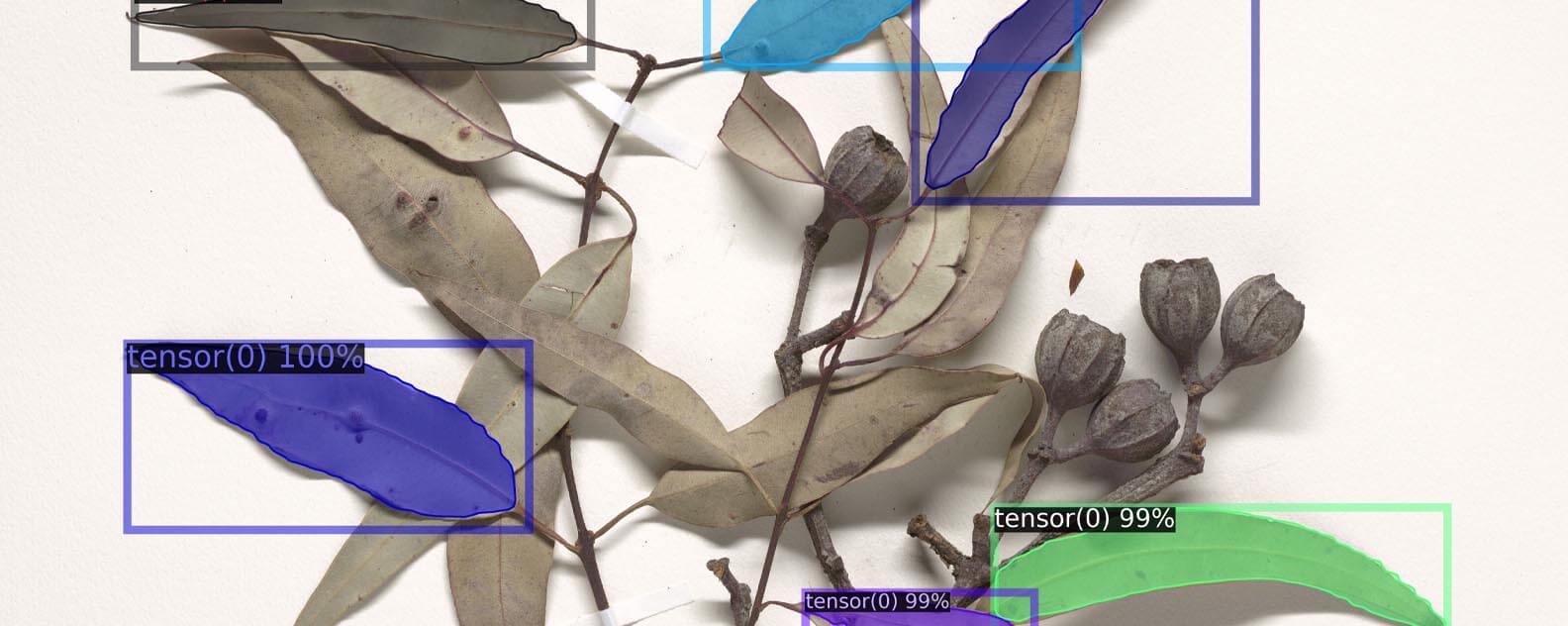
Using machine learning, researchers are creating new methodologies to analyse datasets of unprecedented size. A team from Botanic Gardens of Sydney reveal how their latest study, focused on the leaves of eucalyptus trees, details how an iconic native species has evolved with climate.
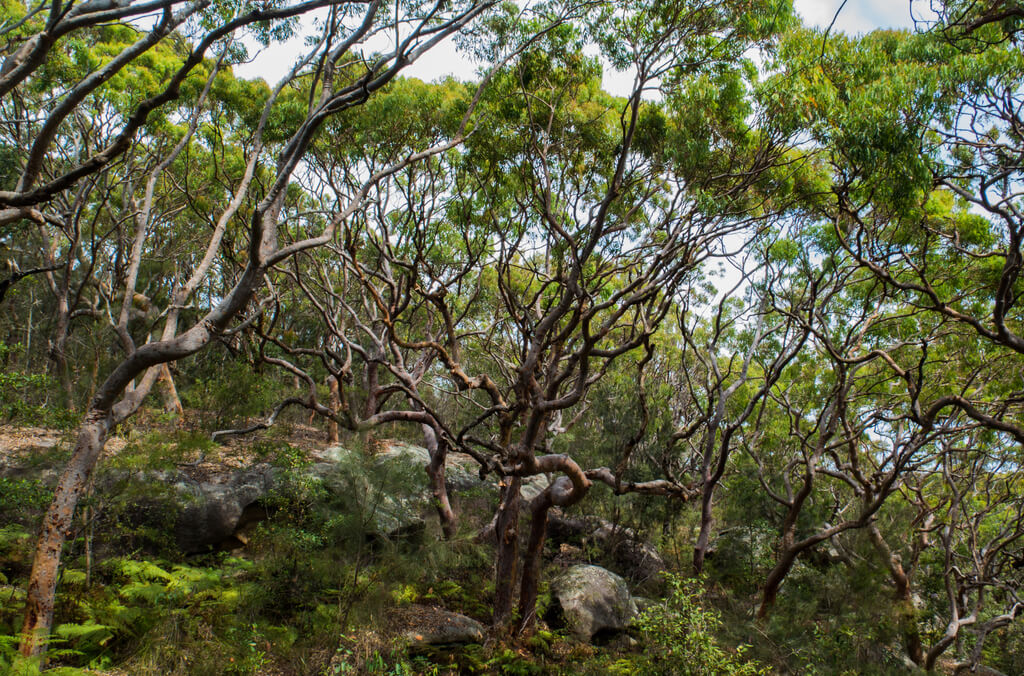
Botanic Gardens of Sydney scientists looked at species like the Sydney red gum (Angophora costata). Credit: iNaturalist/jpdandretta
Deep learning of leaf traits
Last year, scientists from Botanic Gardens of Sydney and UNSW Sydney built a machine learning program to examine millions of plant specimens stored in herbaria around the world. This approach introduced a resource that was previously inaccessible to researchers; the sheer size of the herbaria collections were too large for humans to measure.
In this first study, the team analysed 3,000 samples of the species, Syzygium and Ficus, using a ‘computer vision’ method to look at their leaf sizes. They discovered that, contrary to frequently observed interspecies patterns, leaf size within species, doesn’t increase in warmer and wetter climates.
Now, researchers at Botanic Gardens of Sydney and UNSW have investigated this phenomenon a step further, turning to one of Australia’s most iconic and beloved trees, the eucalypts (Eucalyptus, Angophora and Corymbia). They've used machine learning to assess tens of thousands of specimen images to understand how its leaf sizes have changed with climate over millions of years.
Published in Journal of Ecology, scientists used an unprecedented dataset of over 50,000 digitised images of eucalyptus specimens, some dating back as far as 1839, to reveal if species’ leaves have evolved as their climate does. The new methods for the study show how AI is changing scientist’s ability to unlock extraordinary details from collected specimens.
“Using AI, we’ve been able to work with huge amounts of data that was simply not possible before,” says Botanic Gardens of Sydney scientist Karina Guo. “It’s changed the game in finding the minutia of flora, helping us to paint a very detailed picture of the past.”
“Instead of manually assessing thousands of images of specimens, which can take years, the machine learning can look at tens of thousands in less than four days,” says Guo.
For this study, the team used two machine learning models working in succession, rather than just a single model - significantly improving the accuracy of the dataset. This dataset was used for two key findings.
“We already knew that the sizes of plant leaves change across climatic gradients. From cool and moist to hot and dry conditions, leaves tend to become smaller to compensate for the increased limitations of water availability.”
Using the dataset generated from machine learning, researchers first confirmed the links between the sizes of leaves measured on herbarium specimens, to the climate from which those specimens were collected.
“In science it is critical to confirm new results validate old beliefs. The first step for us when using this novel dataset was to first confirm that that overall larger leaves were found in warmer and wetter climates,” says Guo.
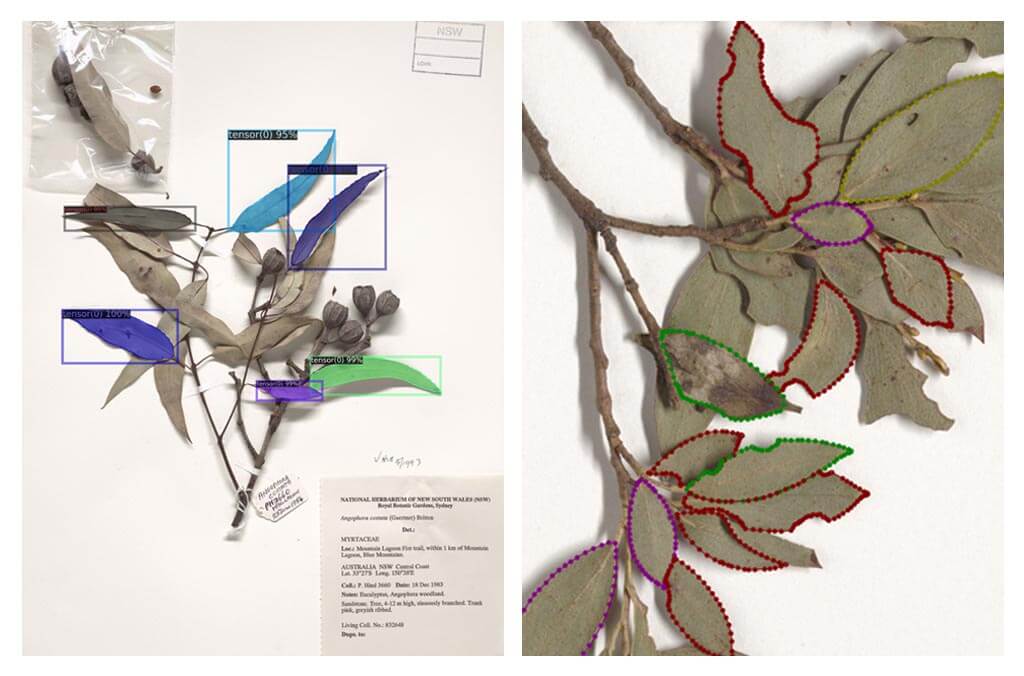
The study used ‘computer vision’ to asses Australian eucalypts. The image on the right shows the ‘training’ for the machine learning model to identify the leaves on the left.
Eucalyptus over millions of years
Next, scientists advanced this further to examine the previously mentioned links between climate and leaf sizes, but instead within groups of trees of different evolutionary ages. "This study further investigated the intriguing findings suggested by the initial research,” says Guo.
Plants are separated into taxonomic groups with the smallest and youngest being species. Ascending in the taxonomy rankings there are subgenera, genera and families, each group being bigger and older than the last. Using this new dataset, scientists were able to resolve how the long-standing hypothesis of leaf size and climate changed across these different groups.
“In the youngest of groups, within species, on average the leaf size and climate relationship was showed the trees didn’t change their leaf shape over shorter periods of time,” says Guo.
“For instance, in the Sydney Red Gum (Angophora costata), leaf sizes were bigger in individuals from dry-warmer climates than those of the same species in wetter-cooler areas.”
The team found that when looking at broader taxonomic groups, such as subgenera – some going back as far as 8 million years – they changed their leaf shape to adapt to their climate.
These older groups of trees, over periods spanning millions of years, replaced other species if they better suit the climate conditions, rather than by the species evolving to have different leaf sizes.
“Extracting this detailed level of understanding of evolution is rare because it is unusual to have data from many species, as well as lots of data from different locations and climates within the same species,” says Botanic Gardens of Sydney scientist Jason Bragg.
“The combination of machine learning and using herbarium specimens has enormous potential for ecological science. It still has much to offer in terms of understanding the way plants traits are distributed, and how environments have shaped them over evolutionary history.”
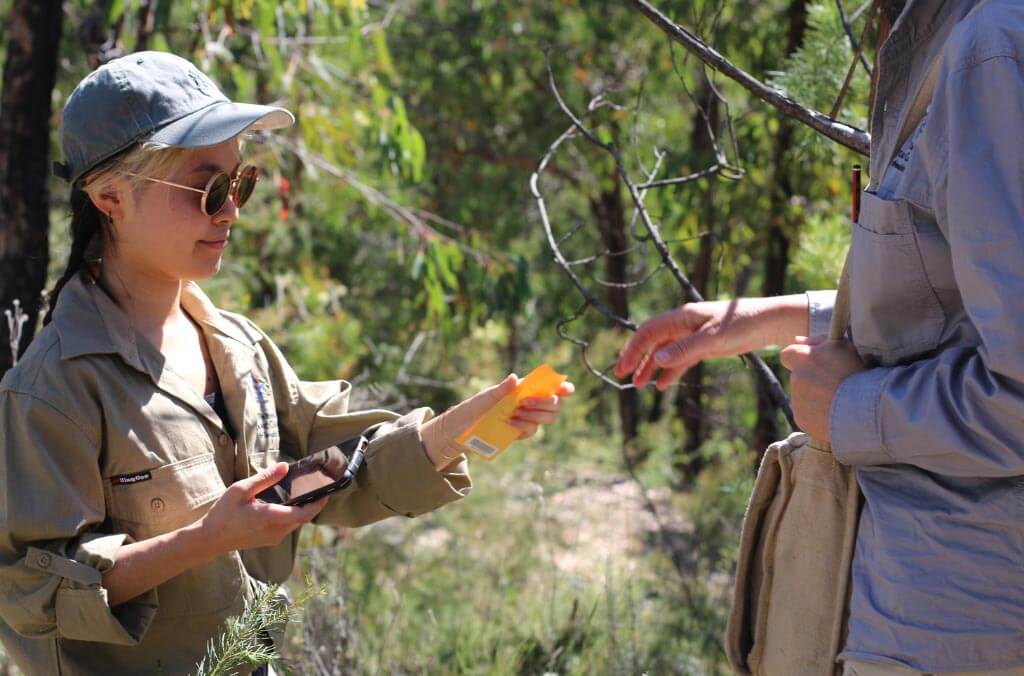
Scientist Karina Guo collecting plant specimens.
Herbariums hold the key
Scientists across the globe have been collecting plant specimens for hundreds of years, storing them in libraries known as herbariums.
The global shift to digitise these collections saw the National Herbarium of New South Wales complete the largest digitisation project in the southern hemisphere. Imagining and methodically archiving more than 1 million plant specimens, the project has enormous benefits for plant research and will protect the fragile specimens for future generations.
“Using these methods and images to unveil previously inaccessible data is ground-breaking,” says UNSW Researcher Will Cornwell.
“Digitised specimens have allowed us to dive deeper in understanding our species like never before, which can ultimately help us to tackle big threats to our flora like climate change and biodiversity loss.”
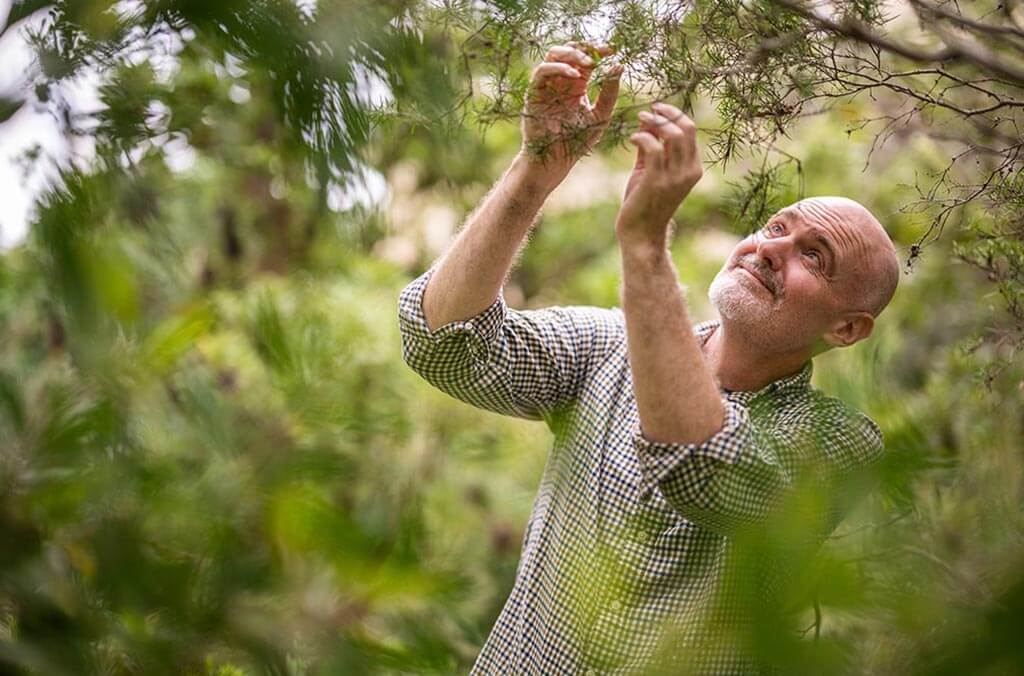
Scientist Dr Jason Bragg is one of many researchers using AI to understand more about Australia’s flora.